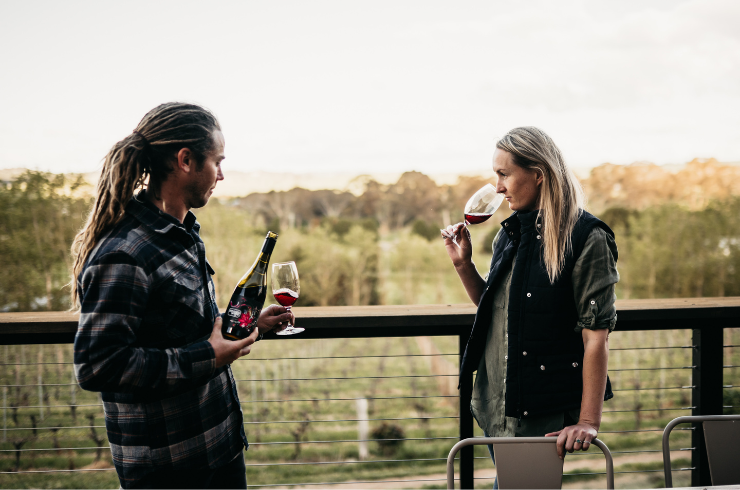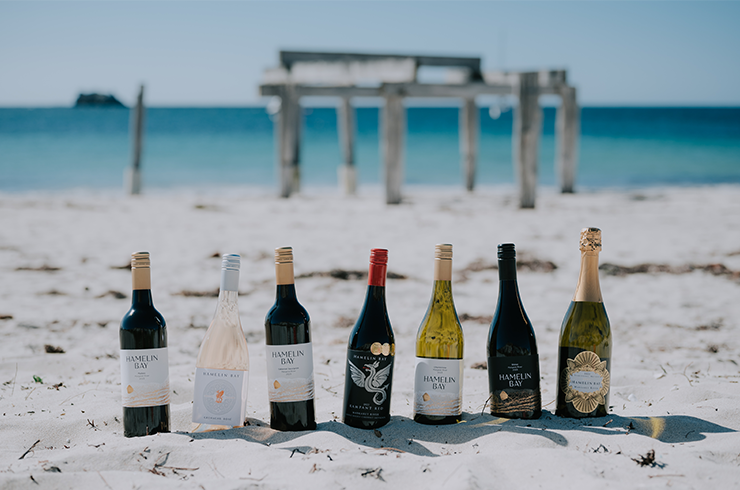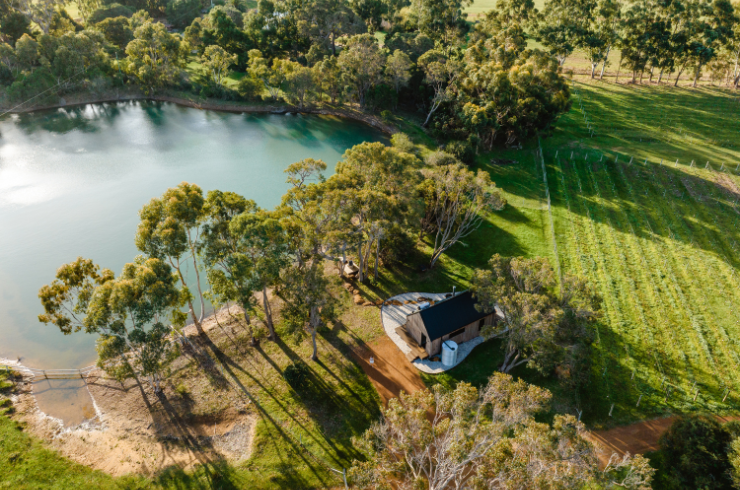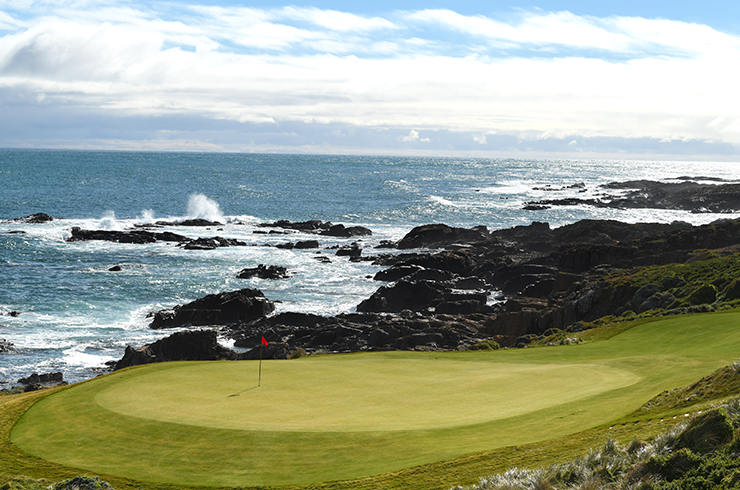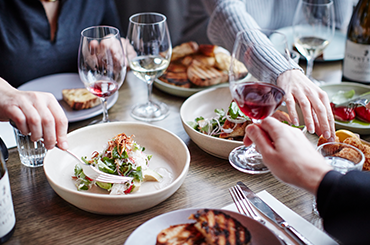Cellaring isn’t for the faint hearted.
You must be prepared to wait several years to be rewarded and, even then, it doesn’t always work out. Aside from potential cork taint, oxidation, and other faults, you also run the risk of opening your wine too early or – even more upsettingly – too late.
So how do you know when a wine is at its drinking best? Cellaring multiple bottles of the same wine allows you to periodically check them. Or, you could use a wine preservation system to sneak a peek. But it’s best to have a general idea of how long each variety takes to reach its peak.
And don't forget the Halliday Virtual Cellar allows you to track drinking windows, sort wine by the 'drink by' date and prioritise missing optimal drinking windows.
Here is a general guide to cellaring different varietals.
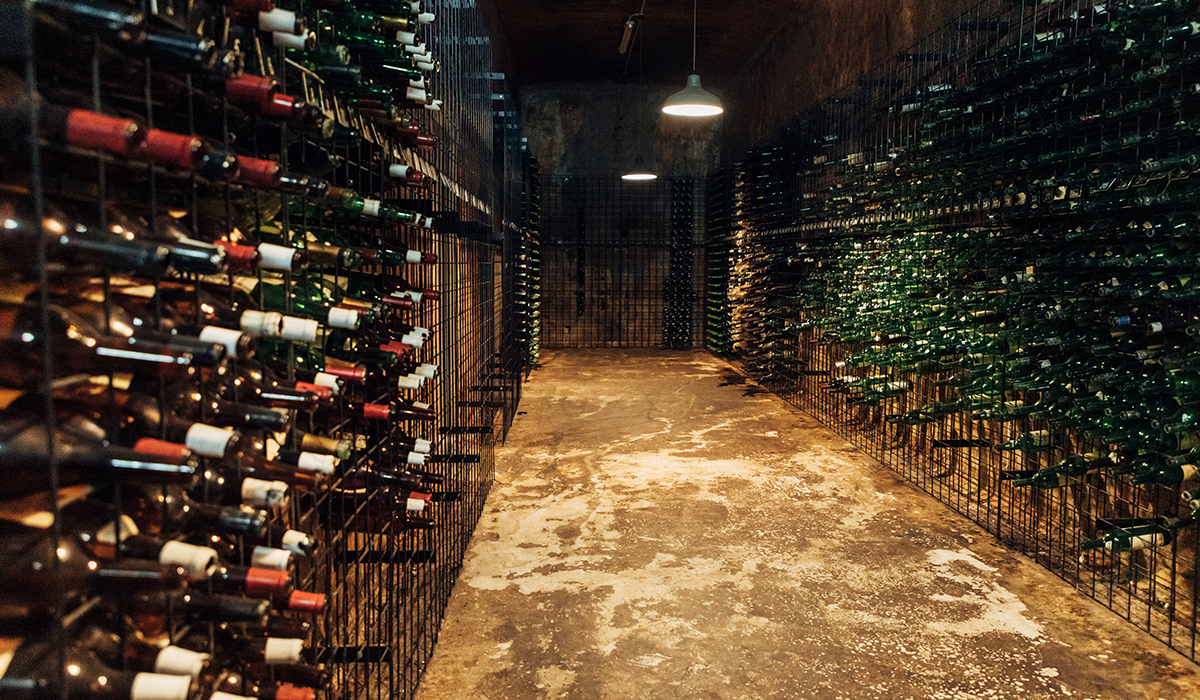
Wines to cellar for 1–3 years
White wine
Chenin blanc, dry riesling, gewurztraminer, grüner veltliner, pinot gris and grigio, sauvignon blanc, vermentino, viognier
Red wine
Gamay
Wines to cellar for 3–5 years
White wine
Arneis, Champagne (NV), chardonnay, fiano
Red wine
Barbera, negroamaro, pinot noir

Wines to cellar for 5–10 years
White wine
Champagne, riesling, semillon
Red wine
Cabernet franc, grenache, nero d’Avola, sangiovese, tempranillo
Wines to cellar for 10–20 years
White wine
Botrytised riesling, sauternes, muscat
Red wine
Cabernet sauvignon, malbec, merlot, nebbiolo, shiraz/syrah
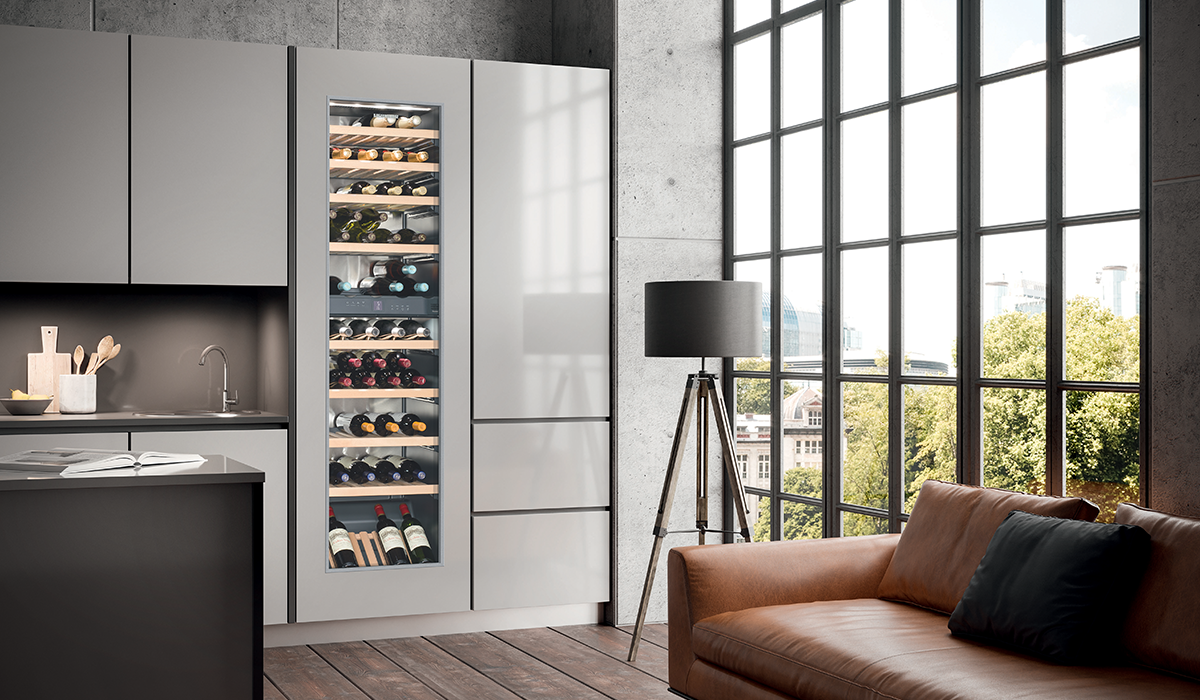
How to cellar different varietals with Liebherr
“For all varietals, temperature, humidity and exposure to UV and vibrations all need to be carefully managed. Exposure to temperature fluctuations may age wine prematurely, adversely affecting flavour. If humidity levels are too low, the cork can dry out and oxidize the wine. Exposure to UV light can affect the flavour, aroma and appearance of the wine, and vibrations can disturb sediment in the bottle – resulting in changes to the taste and aroma.
"Liebherr recommends cellaring all varietals in a quality wine cabinet which has stable temperatures of around 12°c–14°c and humidity levels of 50–80 per cent. By protecting from sunlight via UV-protected glass you will further protect the wine, and by minimising vibrations by using a wine cabinet with a compressor mounted on vibration-absorbing isolation blocks, you will ensure those sediment-disturbing vibrations are kept to a minimum. If your wine cabinet has all of these features, you can ensure your wine will benefit, regardless of whether you are cellaring for one, five, 10 or even 20 years.”
Next steps on your wine journey
Halliday Wine Academy: Fundamentals of Wine in-person education courseJoin Jane Faulkner in Melbourne and Mike Bennie in Sydney for our Fundamentals of Wine in-person course. Across one two-hour session each week for four weeks, Jane and Mike will guide you through course materials and a selection of highly rated wines. Find out more.
Halliday Wine Academy: Introduction to Wine online education course
Across eight modules, Halliday Wine Academy's Introduction to Wine course offers a detailed look at the Australian wine landscape. Learn about wine varietals, Australian wine regions, how wine is made, how to taste and describe wine, how to approach food and wine matches, along with handy tips that address common wine questions. Find out more.
Image Credit: Wine Australia
